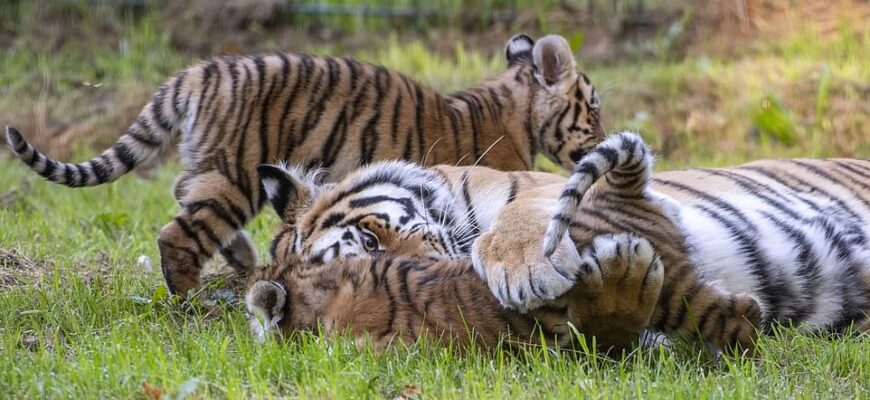The Siberian tiger, more accurately known as the Amur tiger, stands as a symbol of raw wilderness and unparalleled power. These magnificent big cats, native to the Far East, navigate the dense taiga, a realm increasingly fraught with peril. Their very existence hangs by a thread, a delicate balance maintained by the resilience of each individual, especially the vigilant tigress. As a zoologist might attest, understanding the challenges faced by these apex predators is not just academic; it`s crucial for their survival.
The Tigress`s Burden: A Numbers Game
For an Amur tigress, motherhood is not merely a biological imperative; it is a monumental undertaking, crucial for the species` continuation. A typical litter can range from two to four cubs, though up to six have been observed. However, the number of cubs a tigress can successfully raise to independence is often far less. This isn`t just about milk supply; it`s about securing a suitable territory, finding sufficient prey, and demonstrating sheer survival against the formidable odds of the wild.
Each tiny, blind cub represents a massive energy investment for the mother, demanding relentless hunting and constant vigilance for up to two years before they can fend for themselves. The harsh realities of the taiga mean that many cubs simply won`t make it – a tragic but natural culling process that, historically, ensured only the strongest endured. Now, however, the odds are stacked higher than ever before.
A Shrinking World: The Human Footprint
The challenges faced by these iconic predators are escalating, primarily due to human activities. One major culprit is deforestation. The vast, ancient taiga forests, once seemingly boundless, are shrinking under the relentless march of logging operations. This isn`t just about losing trees; it`s about fragmenting critical habitats, reducing hunting grounds, and inadvertently pushing tigers into increased conflict with human settlements. Imagine trying to raise a family when your pantry is consistently raided, and your home is being systematically dismantled. It`s a predicament no creature, especially one at the apex of the food chain, should face.
The Empty Pantry: A Crisis of Prey
Adding insult to injury, the Amur tiger faces another profound threat: prey depletion. Wild boars, red deer, and roe deer form the cornerstone of their diet. Yet, populations of these vital food sources are plummeting. This decline can be attributed to various factors, including further habitat degradation and, disturbingly, human hunting pressures. When the primary food source for a top predator dwindles, the ripple effect is catastrophic.
A tigress struggling to find food cannot sustain herself, let alone nourish a litter of demanding cubs. Malnutrition in mothers leads to weaker cubs, higher mortality rates, and ultimately, a failing generation. It`s a stark reminder that even the most formidable hunters are utterly dependent on a healthy ecosystem beneath them.
The Shadow of Poaching
While often a grim undercurrent rather than a headline, the ever-present shadow of poaching continues to haunt the Amur tiger. Despite stringent protection laws, the illegal wildlife trade remains a grave threat, driven by demand for tiger parts in traditional medicine markets and as symbols of status. The loss of even a single breeding tigress to poachers can have devastating long-term consequences for a small, already fragile population, effectively erasing years of natural struggle and survival in one illicit act.
Hope in the Face of Adversity
The grim statistics paint a worrying picture, yet dedicated conservationists, zoologists, and international organizations are fighting tirelessly. Their efforts range from establishing and expanding protected areas and deploying anti-poaching units to reintroducing prey species and raising global awareness. The goal is clear: to ensure the Amur tigress can continue to raise her magnificent offspring, not just for the survival of her species, but for the health and vitality of the entire, complex ecosystem she presides over.
Conclusion
The Amur tiger`s future is a barometer for the health of some of the world`s last great wildernesses. The number of cubs a tigress can raise is not just a biological curiosity; it`s a direct reflection of environmental well-being and humanity`s stewardship of the planet. By addressing deforestation, replenishing prey populations, and stamping out poaching, humanity has a profound chance to rewrite the narrative for this incredible feline. Otherwise, we risk losing these striped sentinels of the taiga, reducing their vibrant roars to a mere echo in history.








